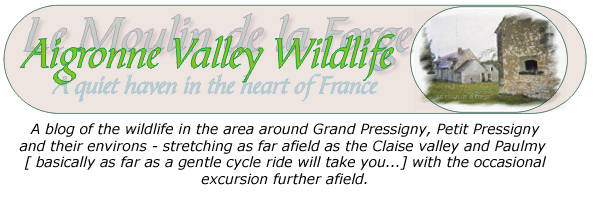
In Britain, the goshawk was blamed for the death of game birds and, between the gamekeepers and the egg-collectors, became extinct in the 19th century. Escaped falconry birds and others from continental Europe have re-established a small population. They are still persecuted by the small number of egg-collecting criminal monsters.
In rural France, goshawks were treated as vermin (nuisibles) for their taste for creatures that humans like to eat, both wild and tame - "espèces gibier ou de basse cour". They have been protected since 1976, and their numbers are believed to be rising. This area has a great deal of their preferred open woodland habitat, and they have an excellent choice of prey - squirrels, rabbits, hares, voles, pheasants, partridges, pigeons, crows, starlings, thrushes.... but they are by no means common and it's lovely to know they are around. I love the expression la basse cour for the small domestic creatures such as fowl and rabbits that were so often to be the domain of the farmer's wife and children.











No comments:
Post a Comment